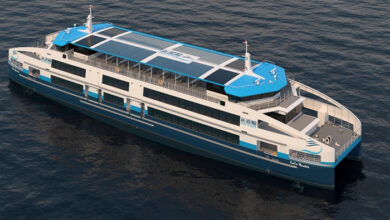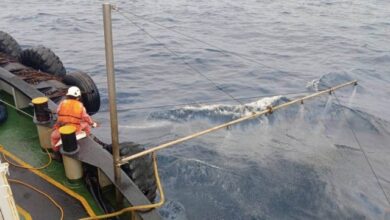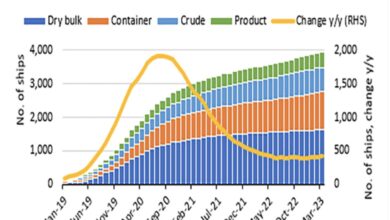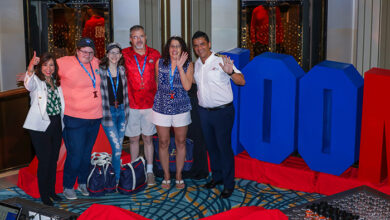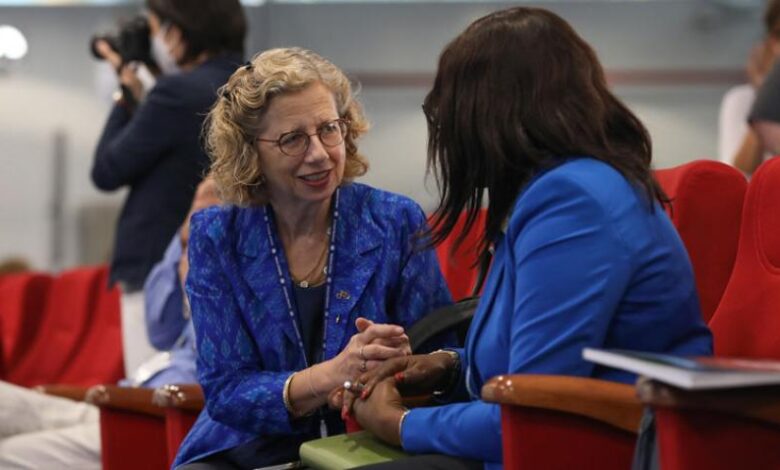
The natural world is the centre of life on Earth. Ecosystems – from forests, grasslands and peat bogs to oceans, rivers, savannahs, and mountains – provide a vast range of services vital to the survival of humanity, says the UN Environment Programme (UNEP).
Inger Andersen, the Executive Director of UNEP, discusses the importance of protecting the world’s biodiversity for climate action, and speaking ahead of the UN Biodiversity Conference (COP25) in December 2022, she explains why a global biodiversity framework is more needed than ever.
Question: What is your big message for COP27?
Inger Andersen: We need to understand that what is good for biodiversity is good for climate and what is good for climate is good for biodiversity.
What is driving these two crises as well as the pollution crisis is, of course, our unsustainable consumption and production, SDG 12, so we need to flip that.
Yes, we need to consume because this is what we do as humanity, but we need to think smartly about our footprint, whether it’s on the climate side, or whether it’s on the biodiversity side.
Question: Big biodiversity related pledges were made last year in Glasgow. What are some of issues you would like to see progress on at COP27?
Inger Andersen: I think on biodiversity, we made a number of very important pledges in Glasgow – on forests, on coral reefs, on nature, in general.

And some of them are beginning to roll off the belt onto reality. But there’s a reason why Egypt sort of framed this as the implementation COP because those pledges and those promises have to see real action.
The Secretary General, in the opening his opening speech here at COP 27, said that progress on loss and damage will be the litmus test for this COP. And that resonates loud and clear.
It resonates with a Pakistan where 30 million people are impacted, and many millions displaced. It resonates with Nigeria where one and a half million people have been displaced.
It resonates with the Horn of Africa, where we are living in the fourth year of a drought. So, loss and damage, finding a pathway forward, meeting in the middle finding compromise and understanding – that is one element.
We need to be clear beyond loss and damage. Understanding that climate finance… the longer we kick that can down the road in flipping to carbon neutral economies, the more expensive will be the adaptation bill.
Question: We are a less than a month away from COP15 where the much-needed global biodiversity framework will be adopted. What are your expectations?
Inger Andersen: What we are looking for is a comprehensive global framework. It is in a sense the Paris moment for this convention – it is not easy.
Some people boil it down to something too simplistic – 30 by 30. Yes, we want 30 per cent of protected areas by 2030. But that’s not enough. We need to look at this broader suite of solutions to protect biodiversity.
And that means biodiversity in our farms and fields, in our backyards, in our cities, on our balconies; it means reducing chemical input into what we do in in every place and being smart about how we care for nature. So, it’s a big, tall order and that’s what we have to do.
 Question: What are some of major biodiversity issues that we need to address?
Question: What are some of major biodiversity issues that we need to address?
Inger Andersen: Let’s talk about what are the drivers of biodiversity loss are – agriculture and land conversion for infrastructure, so we convert land and put it to good use but then we lose biodiversity.
So we have to have a conversation about as an agricultural policies, climate change. Well, we are having a conversation about climate, but it’s complicated but that’s a driver of biodiversity loss.
Over exploitation, overfishing, cutting too much forests – we have to have a conversation about that. We have pollution, where that toxic sludge from our existence, which is impacting biodiversity, and finally, invasive species – species that we move from one place to another. All of this together, how do we solve that?
That means we need to deal with agriculture, but we all have to eat. So, we need to find sustainable and nature positive agriculture. It also means that we need to deal with all the other issues – pollution, over-harvesting, and invasive species. It is not simple.









